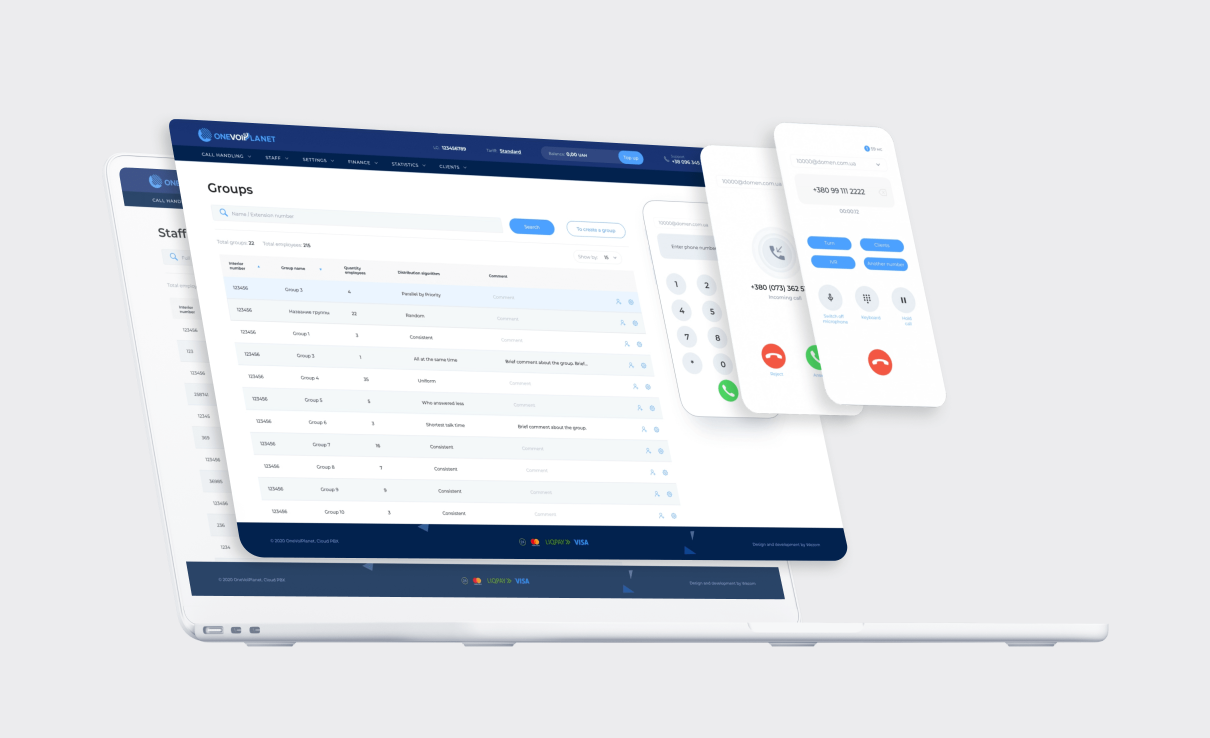Development of a custom TMS to automate and synchronize business processes of the trucking company’s departments.
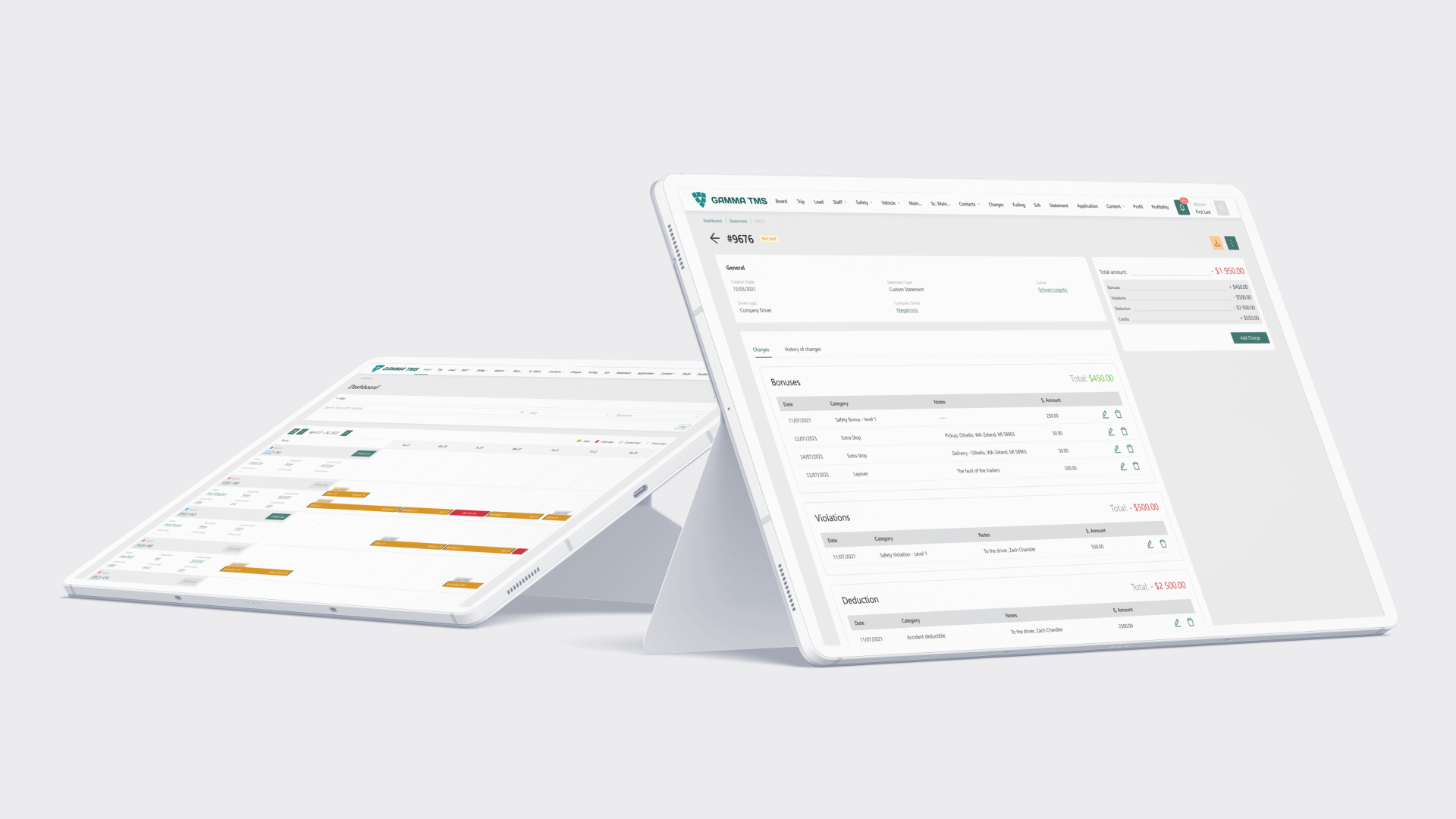
The Client: Cargo Transportation Provider
The client is a US-based cargo transportation provider. The company’s staff has to handle enormous amounts of manual work daily, including cargo dispatching via Google spreadsheets and communication with drivers via messengers. All this is very time-consuming and difficult to synchronize. Existing off-the-shelf TMS services are not flexible enough for the client’s individual purposes. That’s why it was decided to create a custom TMS with the help of our expertise.
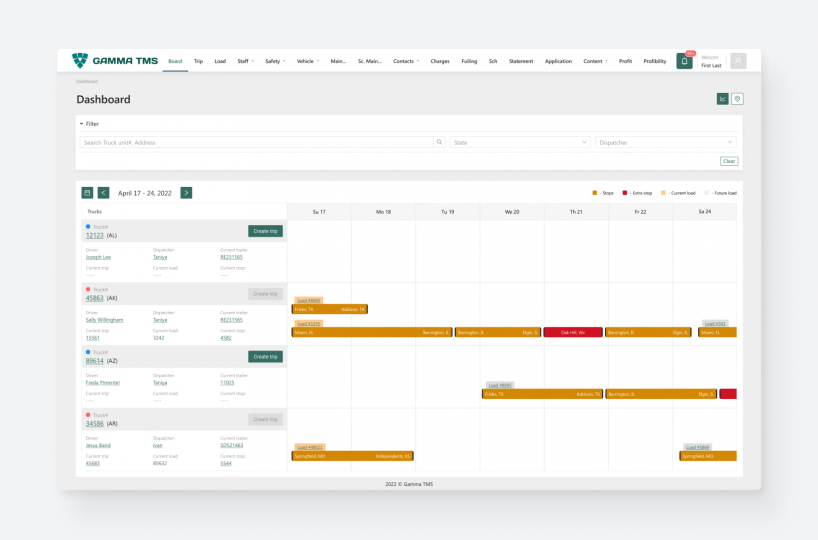
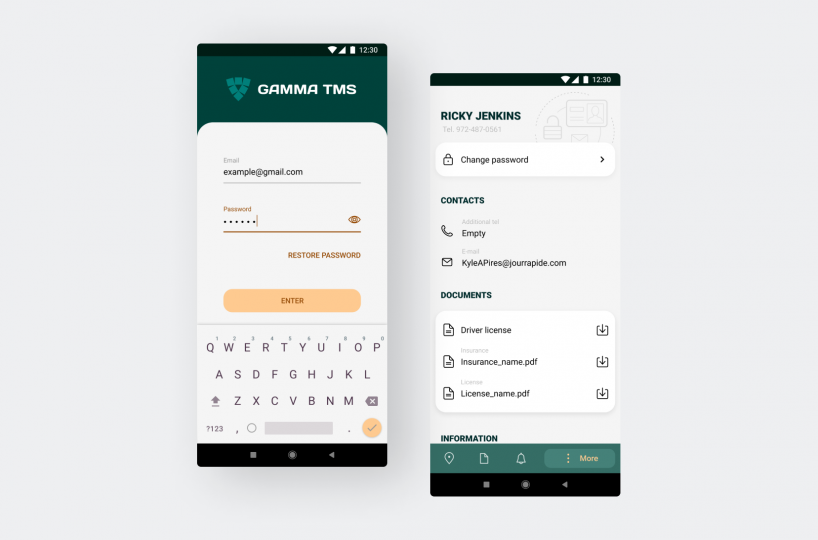
The client contacted us for the custom development of the TMS software to fit the existing business processes of the company and a mobile application for drivers.
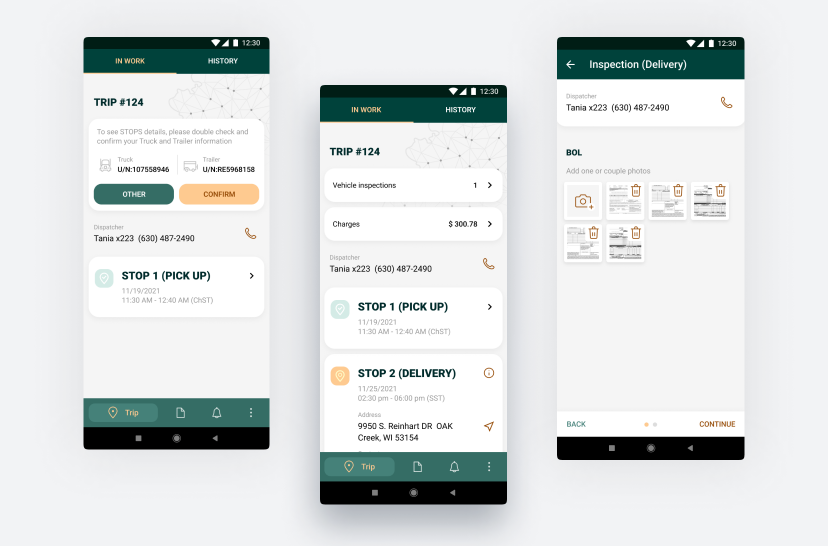
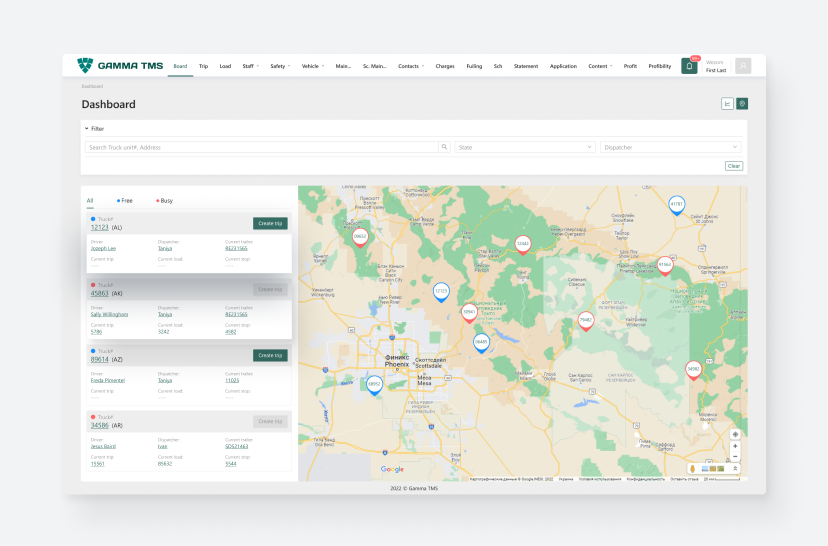
We created a complex digital ecosystem with multiple user roles and integrated third-party services into it
For efficient logistics business management and simple implementation of automation, the client wanted to get a custom TMS, especially called for due to the complexity of internal business processes and inconsistency of existing TMS with them. As a result, we have created a platform for logistics business management that offers unique features for specialists according to department: accounting, safety, dispatching, supply chain management, etc., and has no analogs on the market.
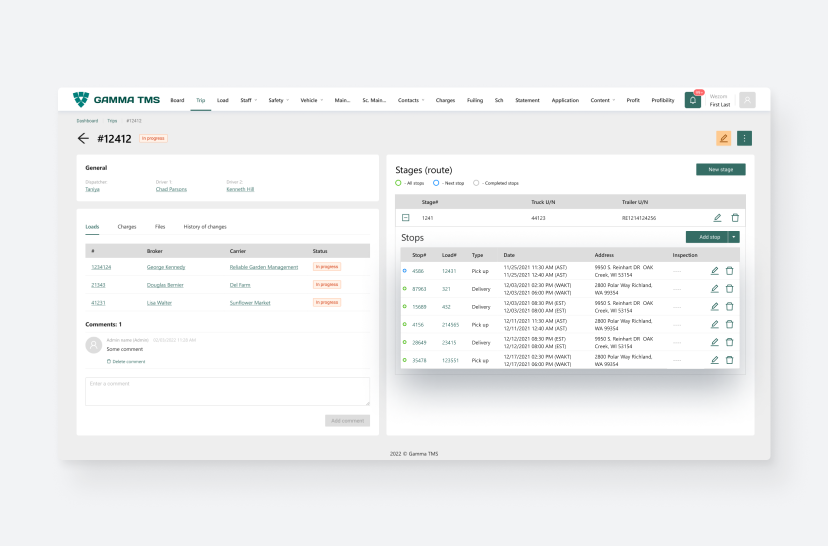
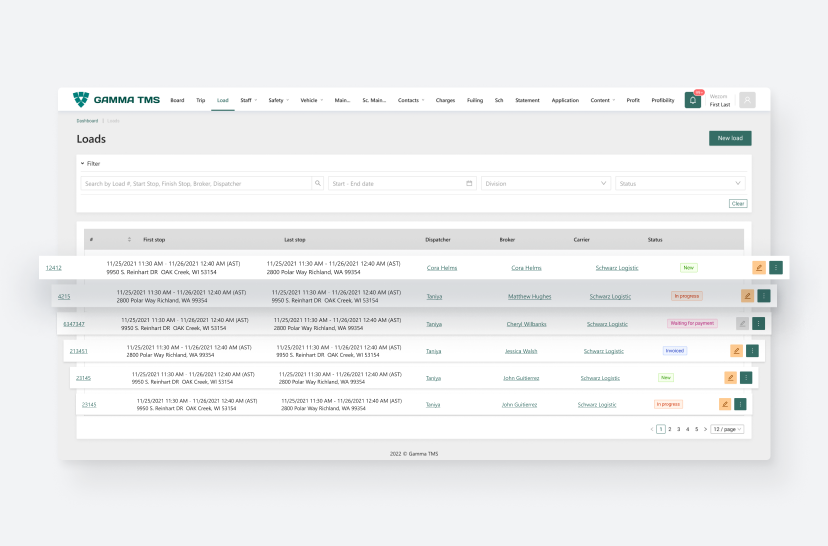
We used Agile and Scrum approaches and emphasized regular communication with the client, making call ups once a week or two and discussing the results and issues that arisen during the development process. At the initial stages of the project, we conducted a series of interview calls with representatives of each company’s department to thoroughly understand how they work, what they want to optimize in their work processes, etc.
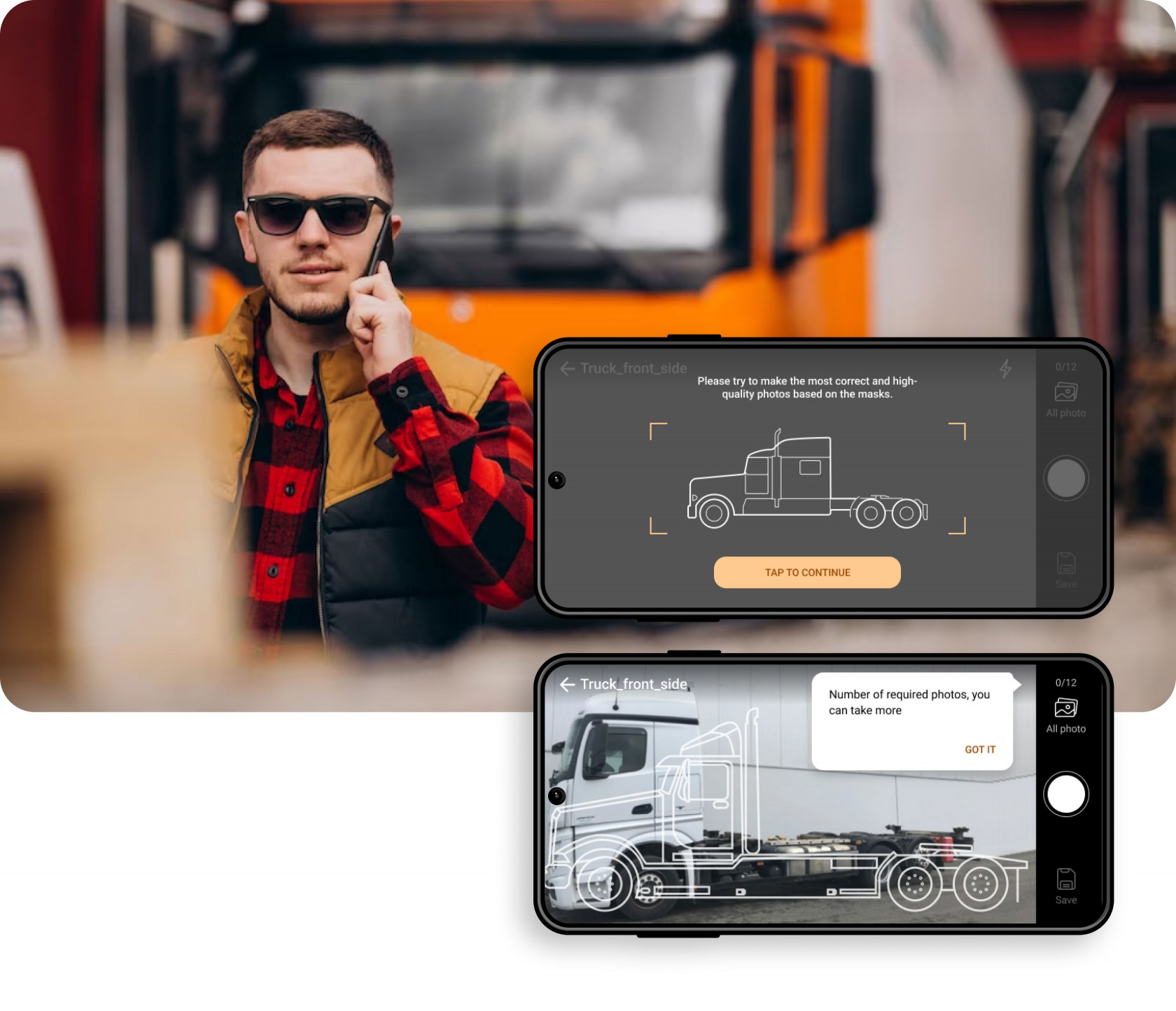
When we started to develop a web application and mobile apps for drivers, we ran into several obstacles. First of all, there were hidden business processes in the company that could not be revealed at the early stages of cooperation with the client. That’s why we had to redo some modules several times over based on the updated client requirements.
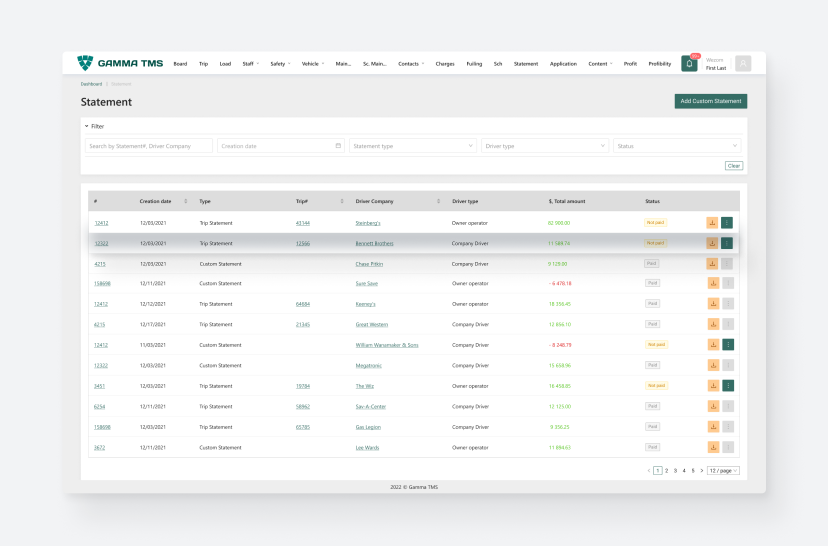
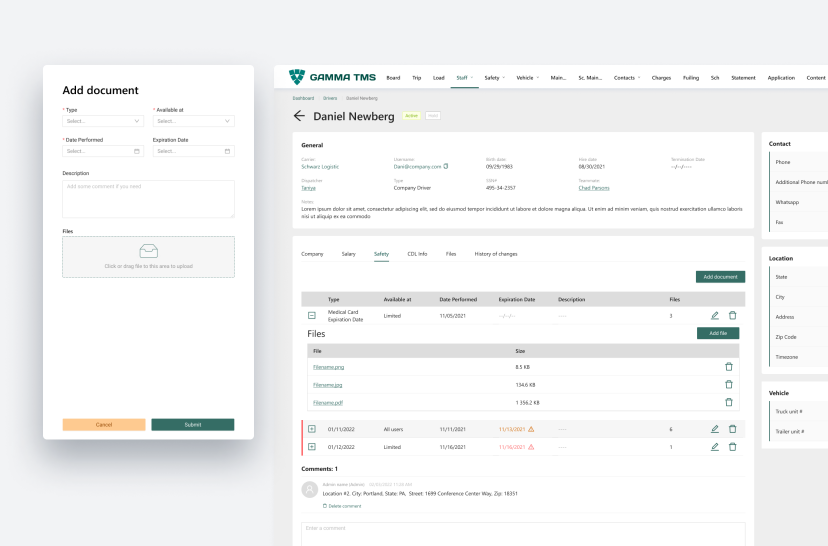
For instance, drivers need to scan documents (BOL (Bill of Lading), DOT inspection reports, receipts, etc.). There is no ready-made solution for Flutter, and creating one from scratch is very expensive and time-consuming. We found an external ready-made library, but its interface was too complicated for drivers who were constantly on the road.
To solve this problem and achieve a user-friendly mobile application for drivers, we engaged native Android and iOS developers to simplify user flow in this library for each of these mobile OS’s. Thanks to this, now drivers do not need to cut out individual elements of the photo, change saturation, etc., as the mobile app provides all these operations in a couple of clicks.
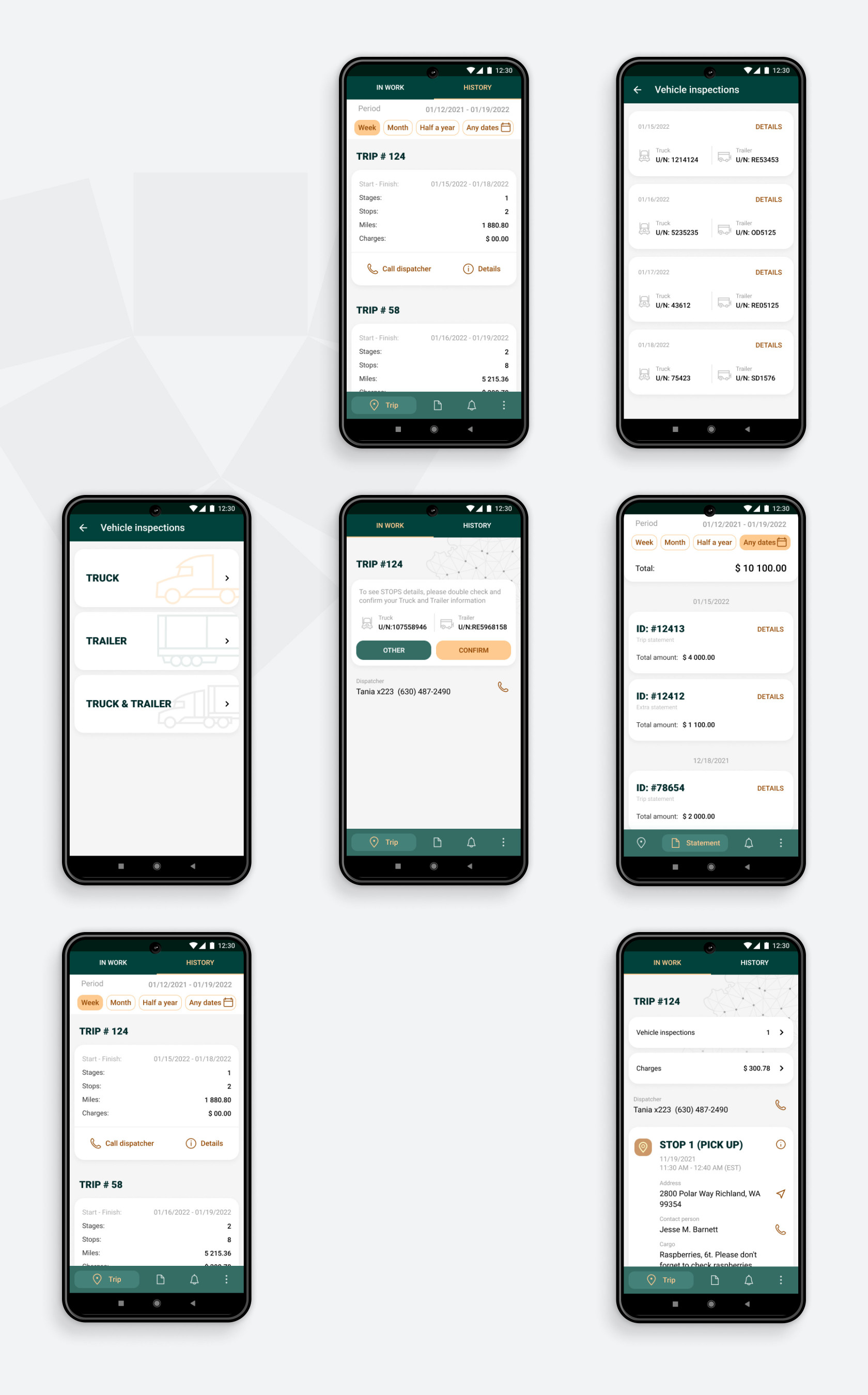
For example, the client wanted to get flexible settings for the roles and capabilities of each user group, so that only individual employees of the company could have access to the personal data. We also needed to automate payroll processes depending on the type of vehicle (it can be a vehicle of both a company and a third-party owner who receives a percentage of the cargo transportation).
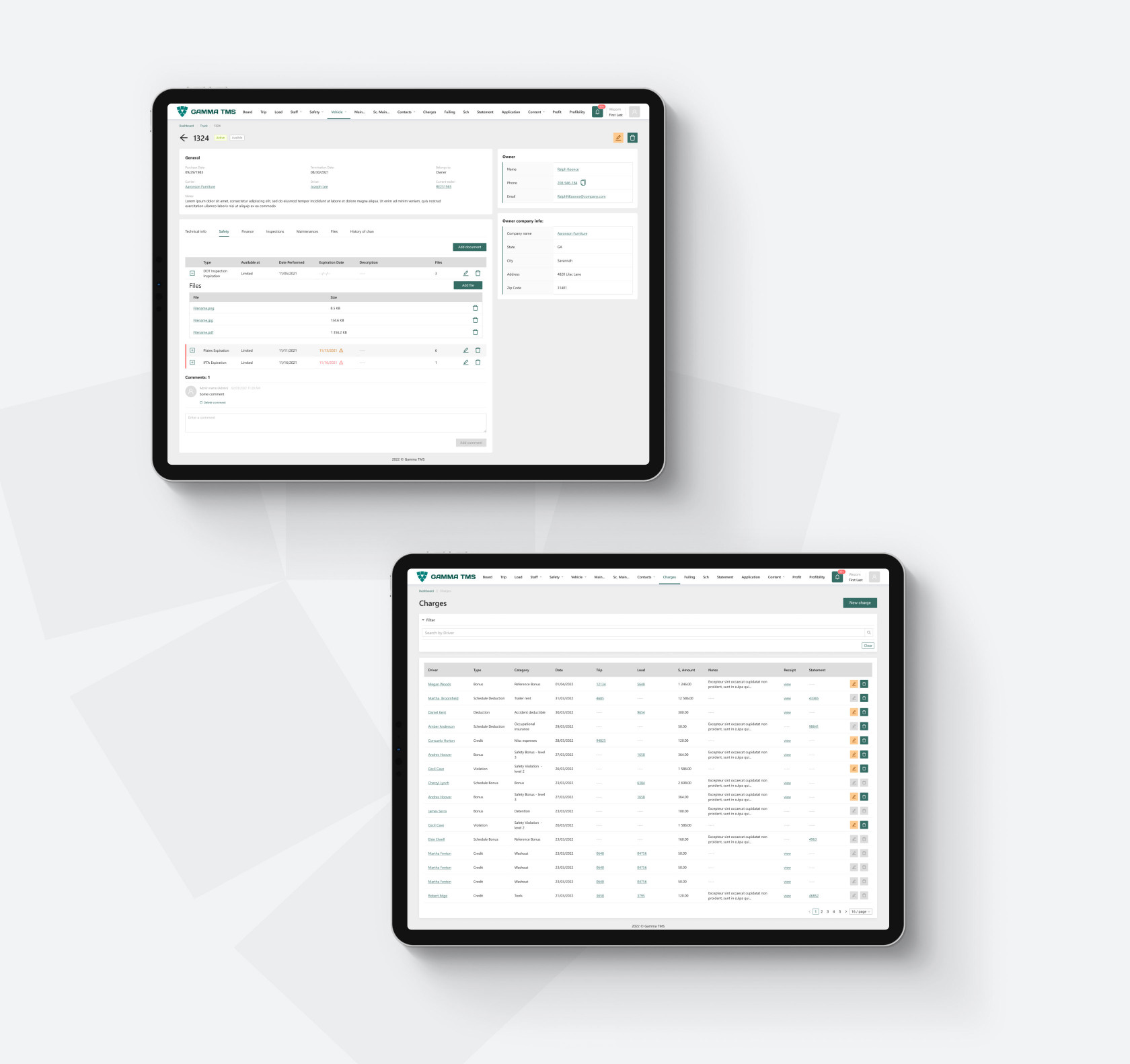
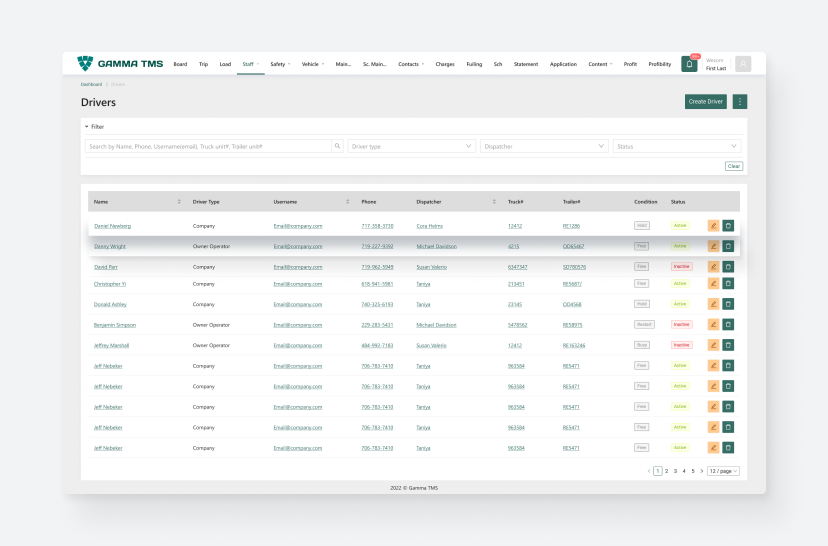
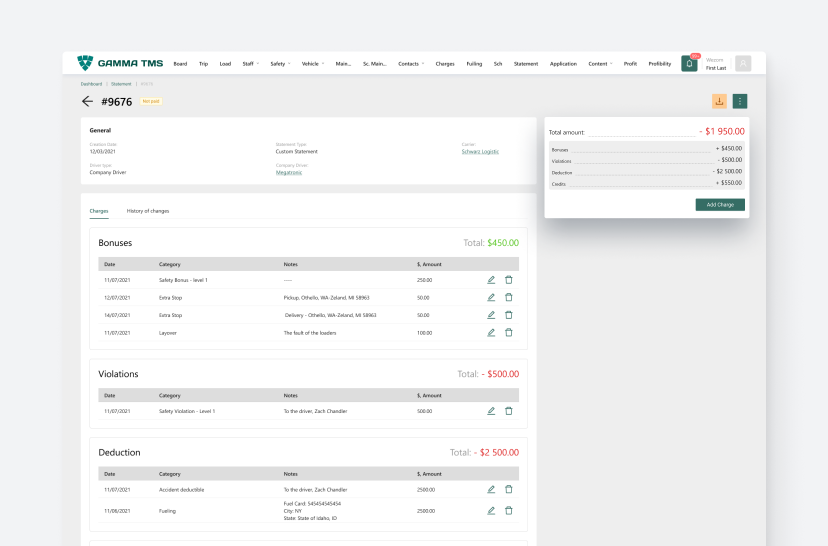
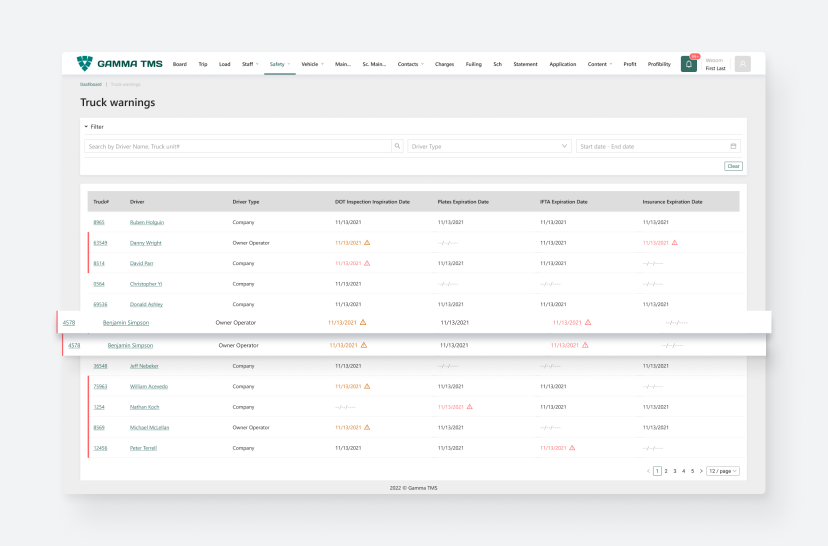
Lastly, we needed to implement multiple integrations (including the integrations with fuel systems, toll services, Logbook, etc.) and synchronize their updates with our custom solution.
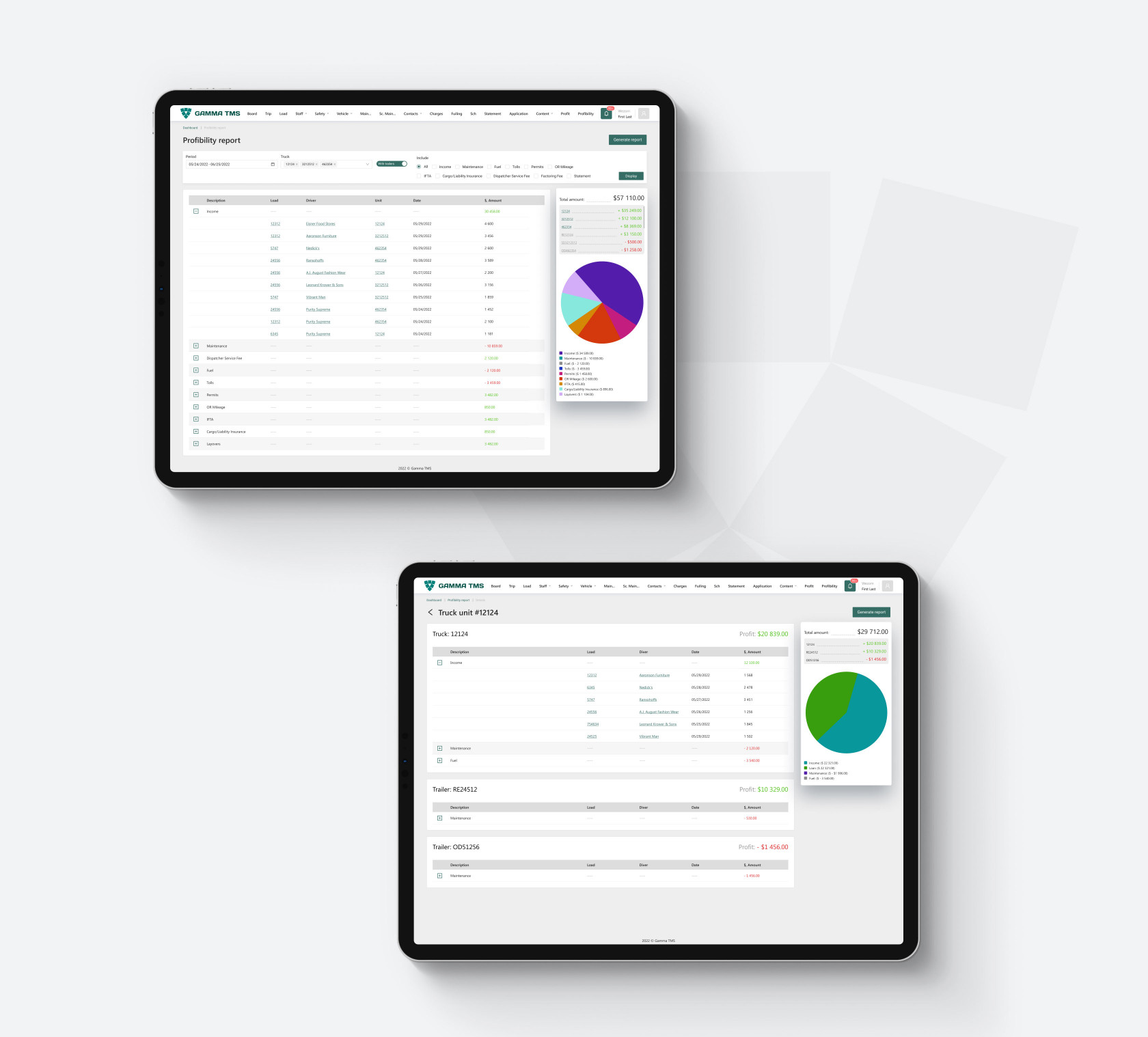
Managing a Logistics Business from a Smartphone
The platform for managing a transport company will be launched by the end of January 2023. At the moment, it is at the final stages of development and testing.

